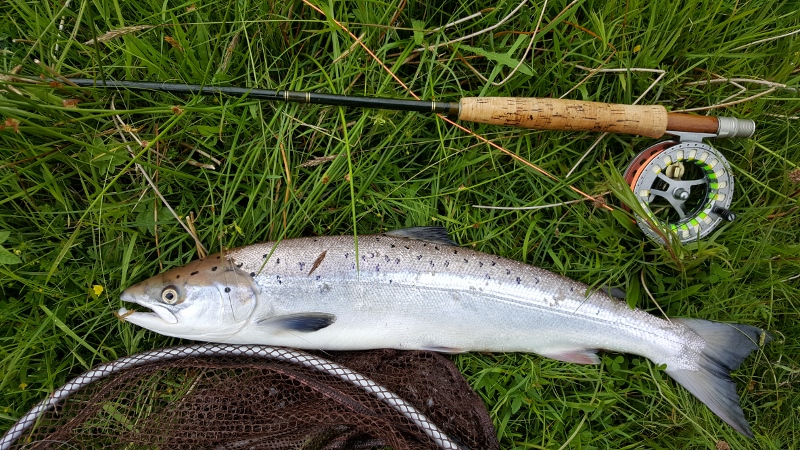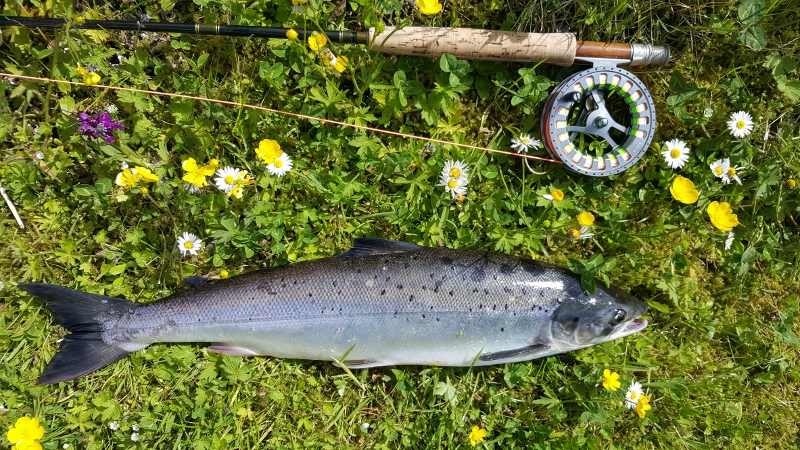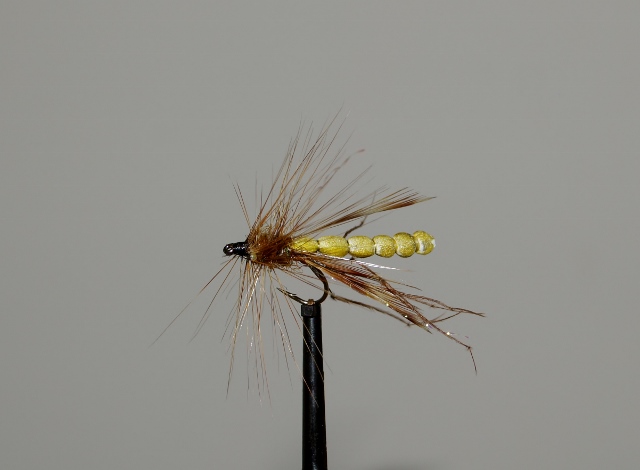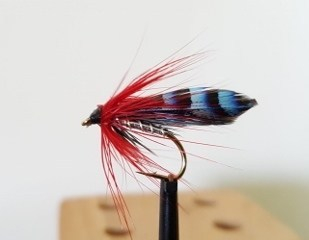
The end of June/beginning of July sometimes heralds the return of salmon and grilse here in Shetland. In some years the runs have been quite promising although last year and the year before very few salmon and grilse returned. The reasons are probably many fold – global warming, exploitation at sea, illegal netting and sea lice infestation from local salmon farms. Recently there has been a lot of adverse publicity concerning salmon farms and despite damning reports and statistics the Scottish Government has done little to improve the situation.
Salmon however are born survivors and in areas such as Shetland where the spawning is limited due to the size of the streams they still manage to hang on against all the odds . In their efforts to improve the runs of wild salmon, the Scottish Government has restricted fishing for salmon in Shetland to catch and release only. This means all wild salmon here have to be returned which will give the fish a fighting chance to spawn in the few suitable streams that are available. The fish are not very large in Shetland running from 2lbs up to around 12lbs or so. Fish can be located in the sea itself where they wait for suitable conditions to run the burn. I prefer to try for them in the salt or brackish water as they tend to be fresh and in good condition. Catching them is extremely difficult and it can be very frustrating casting over a fish which doesn’t respond. Taking times are few and far between in salt water but patience can pay off if you are stealthy enough and the fish are not moving around too much.
In early July this year there were one or two salmon that came into a voe which is the Shetland name for a narrow sea loch. Fine bright silvery fish that moved around a lot with the tide occasionally jumping to reveal their presence. I knew that there might be a chance to connect with one of these fish when they rested. When they arrive fresh from their feeding grounds they are restless and move around a lot seeking out the fresh water where they were born. The place where I fish for them is very sandy and the fish seem to rest up in the deeper areas waiting for the tide to allow them to continue on their way upstream to the spawning grounds.

I thought I would risk fishing a three fly cast and tied on a Wickham’s Fancy size 8 on the top, a Blue Jay Variant size 10 on the middle dropper and an Orange Jay size 10 on the tail. The tide had only just begun to ebb so I did not rate my chances very high. The fish moved around a lot as the tide began to rise as they gauged whether or not they could run over the shallow sands into the burn. I tried where I thought a fish might rest and noticed a boil in front of me. Had I disturbed the fish? “Probably” I thought. I waded across the head of the voe fishing my flies carefully and paying particular attention to where the water deepened. There was no sign of anything so I sat down in the heather for a rest. I started to fish over the ledge where the low water mark was. The water deepens there and any fish that run the burn wait there until the high tide. I thought I had passed the lie where I had disturbed a fish on my way across but my middle fly was suddenly grabbed by a lovely fresh run grilse which ran about 25 yards before leaping clear of the water. Fortunately the hook held and the fish ran onto the shallow sand behind me and jumped again. After another few nerve racking minutes the fish ran back into the deeper water where it jumped using its tail to apply as much pressure as it could to free itself. Fortunately I was able to get its head up and with much relief I slid the landing net under it. After a quick photo, I returned it and watched it swim away back to the deeper water. What a strong fight for a small grilse which I estimated to be around 3.5lbs. Compared with previous years this fish was in far better condition than the ones I caught in previous years. Clearly they have found better feeding grounds and have managed to evade the sea lice blooms from the nearby salmon cages.
A return visit on 11 July this year saw the tide at low ebb and conditions hopeful. I carefully worked my flies through a deep pool on the edge of the seaweed. A small Grilse had revealed its presence by following my Daddy Longlegs on the dropper. I could see that it was interested when its dorsal fin appeared within a foot of the fly. No offer though. I cast again and there was a savage pull and the fish was on! After a strong run of 20 yards or so the fish turned around and headed for me. I was forced to strip the line to keep in contact and the fish headed into the shallow water where I was able to net it. Around 4lbs and a beautiful silvery colour. It was amazing to catch a fish on a Daddy Longlegs in salt water!
On Tuesday 16th July the fish were not in a taking mood as the tide was almost fully in. I thought I would walk up to the burn mouth in case any fish had decided to swim up through the shallow water to the sea pool of the burn. Apart from the odd small sea trout showing there was no evidence of any salmon. I was beginning to lose heart and walk back to the car when all of a sudden a lovely silvery grilse jumped at the head of the sea pool . A quick cast resulted in a gentle pluck to my Blue Jay on the tail. Two more casts resulted in nothing before another cast resulted in a savage take and the fish leapt clear from the water. The fish made a long run back towards the sea before I was able to bring it back under control and eventually into the net. Another grilse on the Blue Jay! I was pleased to say the least. Hopefully this run of fish wont be a “one off” and we can enjoy fishing for salmon well into the future .




